This post is an entry to the Curiosity Science Contest run by @curiousity with the help of @steemstem.
For more information about the contest follow this link.
»»-------------¤-------------«« »»-------------¤-------------«« »»-------------¤-------------««
Every day we wake up, open our eyes and look at the sun, clear skies or cloudy, its light and vital energy reaches to us every single day, every single moment of its existence. We take our morning star for granted, but have you ever wondered where it came from? Where does it head to? What's its final destiny?
"Dust in the wind...Everything is dust in the wind"
How meaningful these lines are...
Let's follow our two friends, X31 and X42, on an educational dialogue about stars...
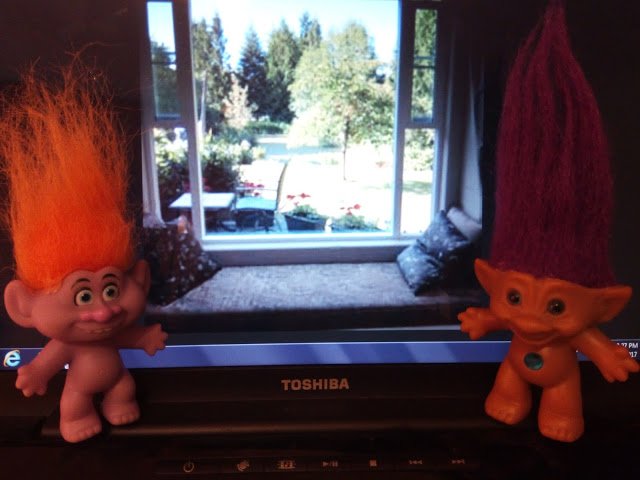
(Photo taken by @ruth-girl - background picture credits)
- Hey X31, I love it today, it's so sunny and bright outside! I cannot imagine life without the sun.
- Me neither, Χ42 ! Did you know that our sun is actually a star?
- A star? But I don't get it. Stars are what we see at night in the sky. The sun is...the sun! It gives us light during the day and sets at dusk.
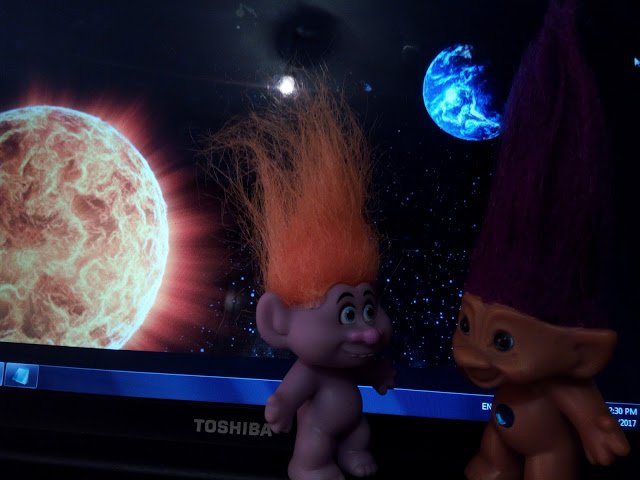
(Photo taken by @ruth-girl - background picture credits)
- No, our sun is a star, for us it is unique and really really bright because it's very close to the earth. Actually we could see other stars during the day if the sun's light didn't "block" their light.
- Wow! That's the first time I hear that! And how are stars born?
- For a star to be born we need dust.
- Like...stardust?
- Well, sort of. Stars are born within huge clouds of dust.
- Clouds? Are they like the ones we see in the sky?
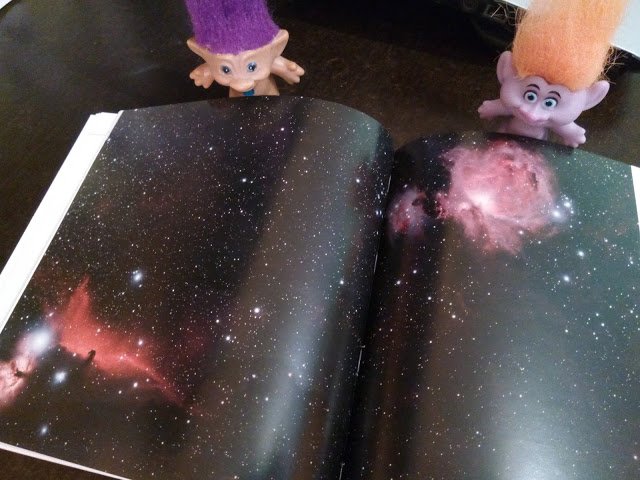
[Photo taken by @ruth-girl - The Horse Head Nebula (down left) & The Orion Nebula (up right); from the book: Avgoloupis S. - "The beginning and the end, The story of the universe", pages 54-55]
- Not really, these gas and dust clouds contain mostly (90%) hydrogen (H), helium (He) and heavier elements, water (H2o), ammonia (NH3), carbon (C), silicon (Si) and other organic compounds (10%).
- Strange, all I ever got from dust was sneezing. And how do we get from dust to stars?
- With a little help from gravity and a supernova explosion. Follow me...
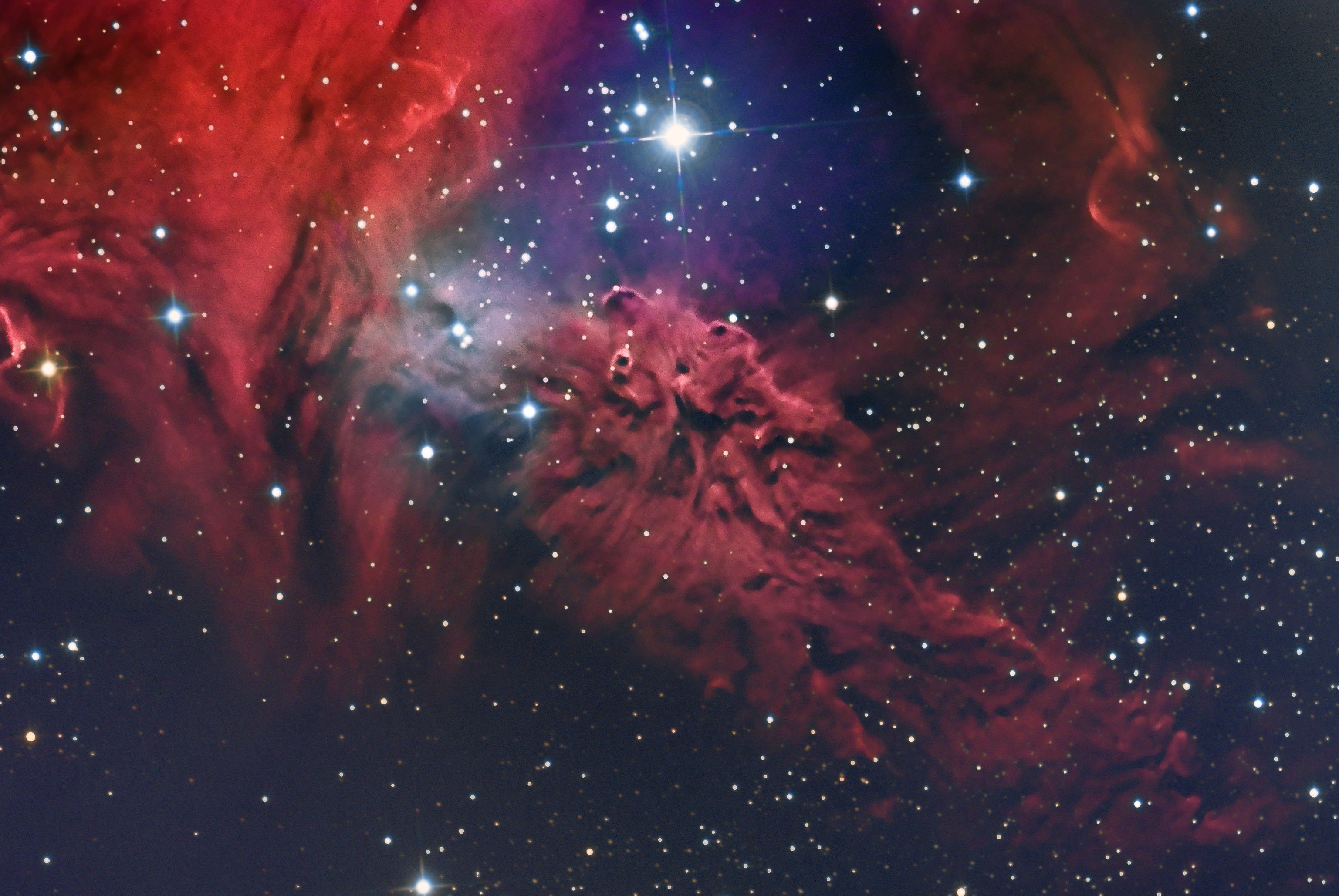
(The Fox Fur nebula - Image credits)
- Within the initial cloud, which is called nebula or molecular cloud in terms of astronomy, gravitational forces cause the contraction of its gases. The nebula's compounds start rotating faster and faster and the cloud has now become a disc with the largest amount of mass in its center, a protostar. After a couple of million years, this compression raises the temperature of the nebula's core up to several million degrees Celcius (that's even hotter than hot). Then comes the fun point where nuclear reactions start to occur and the miracle of a star's life begins (imagine it as the fertilization of a stellar ovule within a cosmic uterus)!
- And how does the baby, I mean the star, grow?
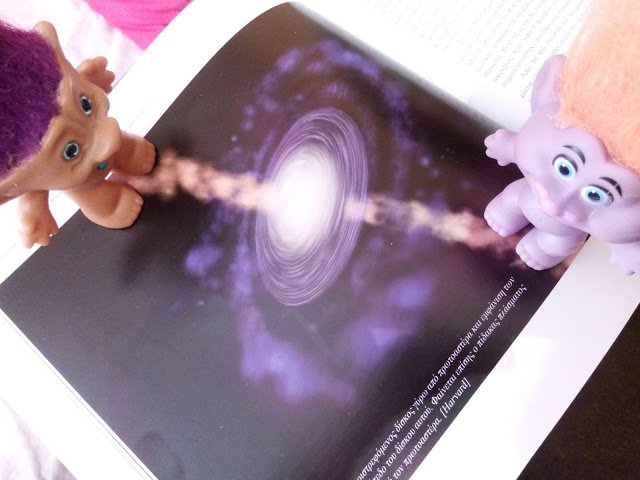
[Photo taken by @ruth-girl - A protostar disc, planet formation around the disc's level and plasma geysers coming out the disc's center; from the book: Avgoloupis S. - "The beginning and the end, The story of the universe", page 52]
- The protostar will live for a few million years, rotating itself, with amazing plasma geysers coming out of this stellar baby. Its "infancy" does not last long. Gravitational collapse will raise the star's temperature up to 10 million degrees Celcius and nuclear fusion will begin. Inside its core, hydrogen will fuse to helium and huge amounts of energy will get away in space in the form of radiation and light. At this point the star has entered "maturity" and got a place in the Hertzprung-Russel main sequence (a diagram of stars powered by hydrogen). Our sun has been in this stage of maturity for almost 5 billion years now.
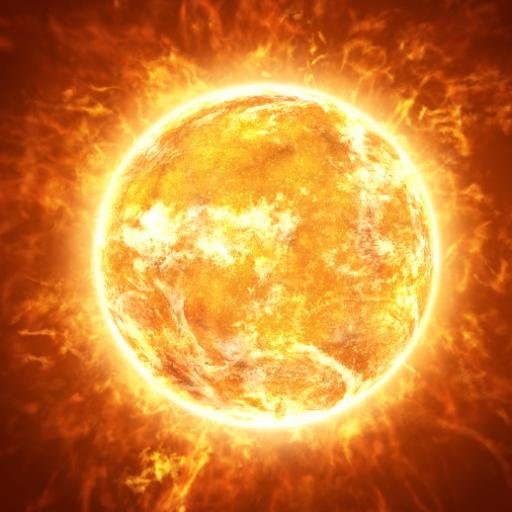
(A star - Image credits)
- Hmmm, silly question: If I got anywhere near the star's helium and inhale it, would I talk funny?
- I doubt that. You'd be roasted long before you got anywhere near a star's crown. A star's outer layer's temperature can range from 2,000-30.000 degrees Celcius.
- Oh! I didn't know that. And how long do stars live?
- That depends on how big they are. The amount of matter they carry determine:
a) the star's temperature and color ("cooler" stars are red and moving on to hotter ones they are yellow, white and even blue),
b) how long it will live,
c) how it grows old, and
d) how it dies and what type of "carcass" it leaves us with.
When a star enters "maturity" (the longest stage of its life) there is a balance between the inward pressure of gravity and the outward escaping energy that comes from fusion. Big stars use up most of their energy faster and live shorter than smaller stars.
- And how do stars grow old? Do they age like people do?
- Well, stars don't work like humans in this case. When a star's hydrogen has been fused into helium the threshold of old age has been stepped. This means that a star has now a helium core. Contraction within the core will rise temperature and pressure igniting helium fusion into heavier elements, like carbon and oxygen.
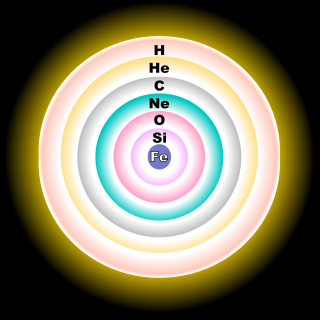
(Usual element fusion in a star's core - Image credits)
The star then creates more energy and expands itself to balance out the greater inward gravitational forces. It is now a bright red giant, 100-10.000 times brighter than our sun. But this giant won't live long. It quickly uses up its fuel and heads towards the end by getting bigger and bigger. Eventually, gravity won't be able to hold the outer layers in place and they'll drift away forming a beautiful planetary nebula, living behind a lonely core.
- Is the core dead yet?
- No. What's left behind is now a white dwarf.
- Like the ones in Snowhite?
- Not really. A white dwarf is the leftover of a star, a dense body (1 tablespoon of its mater weighs almost a ton), half the initial star's mass (almost as big as earth), no fusion happens in it, but it's still extremely hot and emits light. After millions of years the white dwarfs cool down to become dark dwarfs, non-energy-producing light-emitting bodies.
- Is that the fate for all stars?
- For stars like our sun, yes. For bigger stars the end is a bit different. They become neutron stars, with a massive neutron core of a density unimaginably high (a tablespoon of matter weighs more than 10 million tons). Those stars emit radiowaves, like pulsars.
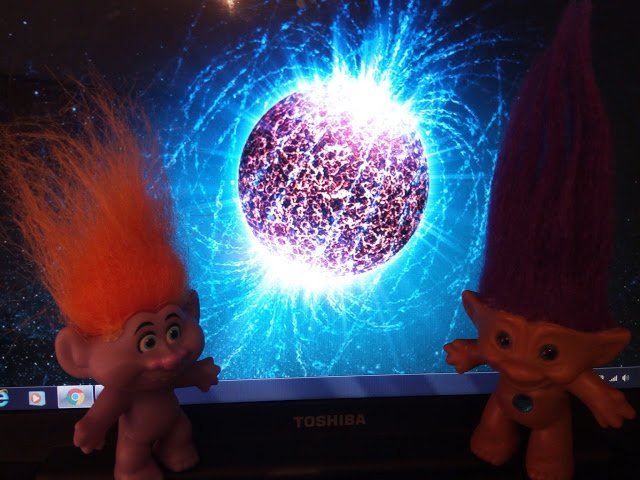
(Photo taken by @ruth-girl - background picture credits)
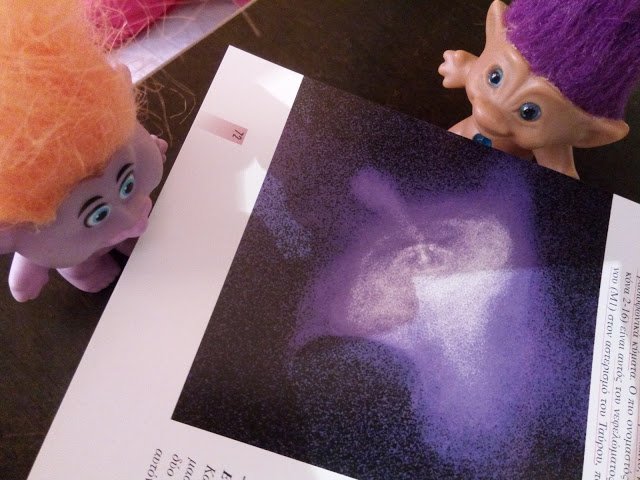
[Photo taken by @ruth-girl - The Crab pulsar in the Crab nebula as viewed with an x-ray depiction; from the book: Avgoloupis S. - "The beginning and the end, The story of the universe", page 72]
- That makes me feel sad. I don't want the stars to die!
- We all live and die, it's our inescapable fate. Not even stars get away with it. But don't worry, a star's death means another star's birth. When a very big star dies things are a bit more...noisy. Look, a red giant starts burning every resource in order to stay alive. It starts with helium and uses heavier and heavier elements until it gets to iron (Fe). An iron core cannot be burned for it needs the star to give energy, so the star inevitably dies, but it won't pass away peacefully. Greater stars die in supernova explosions!
- Supernova explosions?!
- When the iron core finally collapses the outer layers of the star are brutally tossed out in space. Within this explosion element cores fuse together to form elements heavier than iron (like gold and uranium) that in turn will "feed" new stars. The star is completely destroyed and scattered around so that new life will benefit. There can also be smaller-scale explosions in slightly smaller stars, they're called nova explosions, they don't damage the star and sometimes occur more than one time in the same star.

(Photo taken by @ruth-girl - background picture credits)
- These supernovas sound pretty amazing!
- They are! They can be 100 million or even a billion times brighter than the sun. Matter is scattered around and the blast might trigger off the birth of a new star. But in the end, we will still get a dwarf or a neutron star, unless...
- Unless what?
- Unless the initial mass of the star is more than 10 times our sun. Then the explosion leaves a black hole.
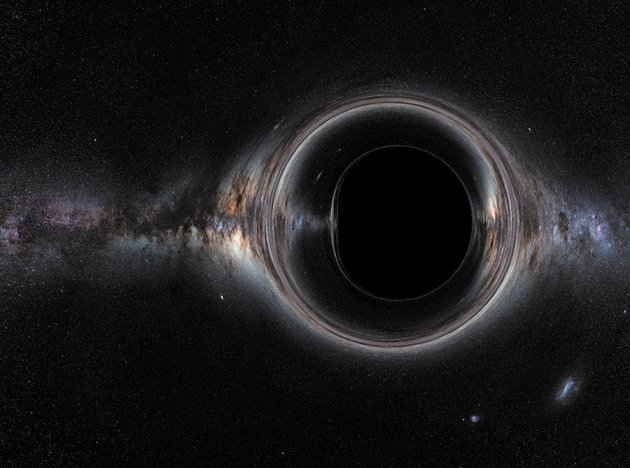
(A black hole - Image credits)
- Does this mean it drills space, or something?
- Sort of. If the remaining "corpse" is bigger than 3.2 times the mass of our sun, then gravitational forces create a strong field where not even light can get away. We can only detect x-rays beyond a certain radius around the black hole's center (Schwarzschild Radius) as any kind of signal closer to the core will no way get to us.
- Amazing!
- And this is not the end. Gravitational collapse continues until the star reaches a point out of this world...literally. The black hole continues to collapse up to an area called singularity. Here no laws of physics apply and the star's mass and energy cease to exist. According to some quite bold and imaginative theories, mass travels through a 4-dimension "bridge", a wormhole, and reaches a different universe, parallel to ours. The corresponding black hole in this universe would be a "white hole" that would "spit" mass back to our universe in an irrelevant time and place.
- Wow! All these stories are happening right now, somewhere out there and we can glimpse only shards of the stars lives through our telescopes?
- Exactly. Our world is an amazing place. Our universe in vast and miracles happen every second. We only get a taste of them, but I believe that humanity is in for even greater discoveries in the centuries to come. We got at least 5 more million years before our sun turns into a red giant and swallows up our earth.

[Photo taken by @ruth-girl - Stephan's Quintet, a five-galaxy formation in the constellation of Pegasus; from the book: Avgoloupis S. - "The beginning and the end, The story of the universe", pages 78-79]
- 5 million years? I guess it's enough for me to learn more about space and stars and planets.
- I believe so too.

References
Avgoloupis S. - The beginning and the end, The story of the universe - Chapter 2 - Thessaloniki Planetarium editions (2009) [Αυγολούπης Σταύρος - Αρχή και τέλος, Η ιστορία του σύμπαντος - Κεφάλαιο 2 - Εκδόσεις Πλανητάριο Θεσαλλονίκης (2009)]
Stars - Introduction to Star Birth, Life and Death
Life Cycle of a Star Simplified
The Life Cycle of Stars

Interested in science? Please, don't forget to check the @steemstem project, a community-driven project meant to promote well-written, high-quality, STEM-related content (STEM as for Science, Technology, Engineering and Mathematics). Join them in steemit.chat for more information.
And for those engaging with education, @steemiteducation is here to join all steemian educators in their common cause of making our job easier, more effective and more fun!
Until my next post,
Steem on, people, and keep smiling!




